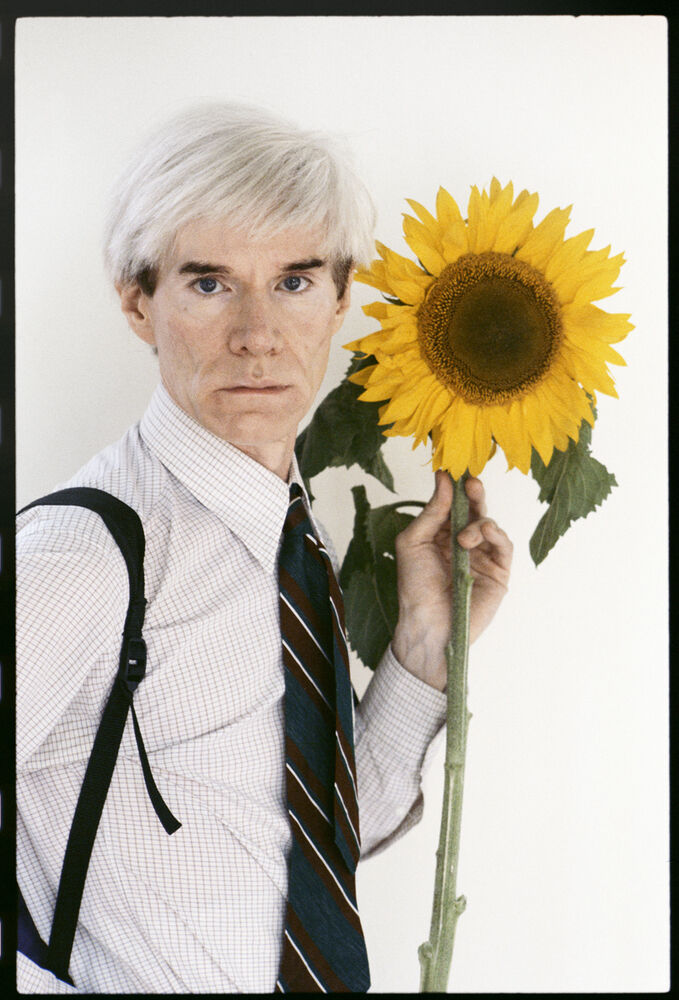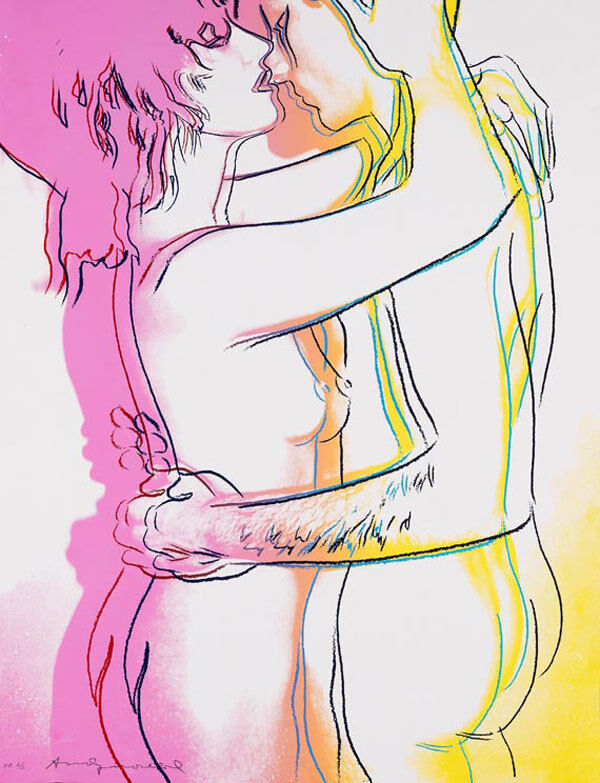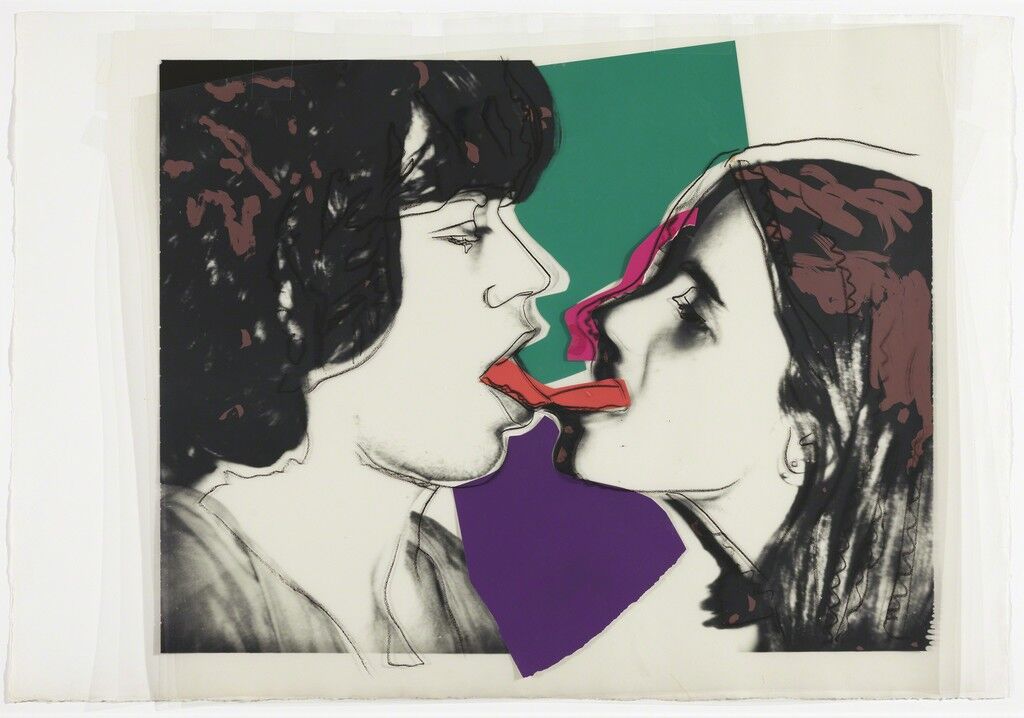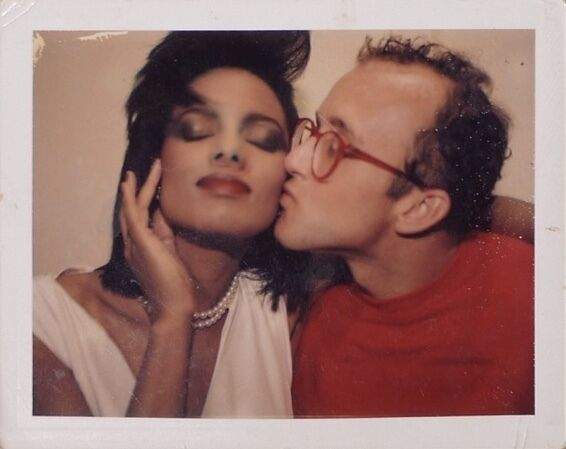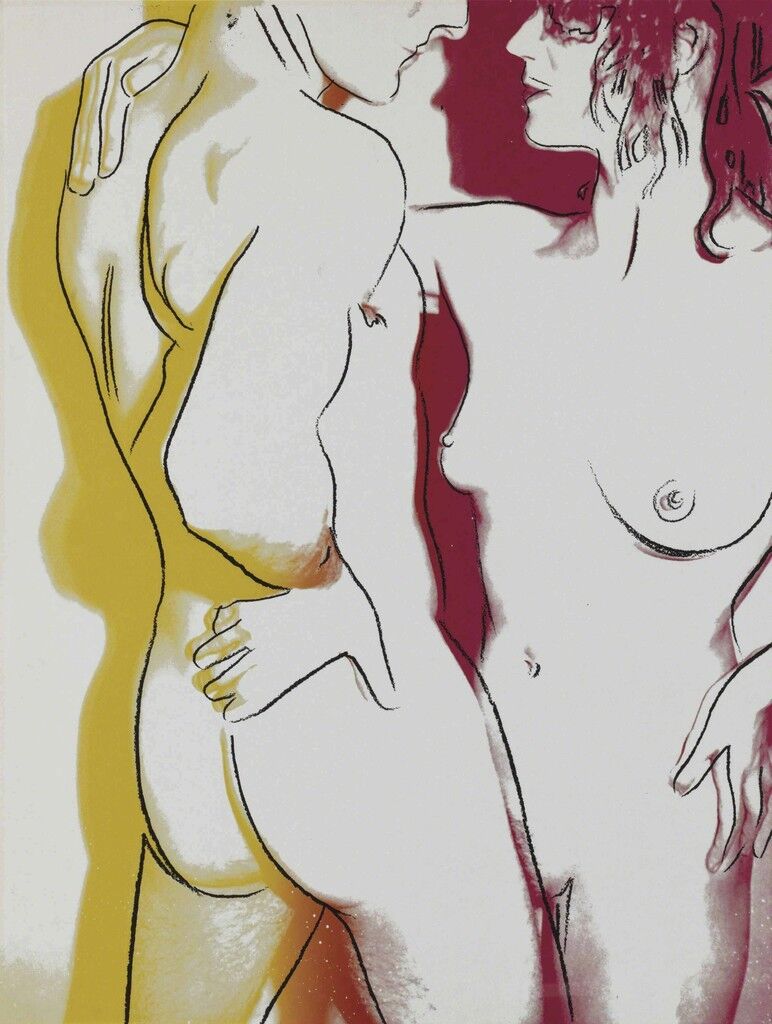had a reputation for poo-pooing love. He often told peers that he wasn’t susceptible to the emotion—and certainly didn’t act on it. At the age of 52, the
king confessed to his biographer that he was still a virgin. (It wasn’t true.)
Kids should learn that love isn’t perfect
Fantasy can keep love (and sex) alive
Fall in love without overthinking it
Make time and space for yourself
Warhol famously never married. His only “wife,” he said, was his tape recorder, which he brought with him wherever he went, using it to interview the eccentric crew of downtown creatives that surrounded him. While he didn’t open up about his most profound romantic relationships—with artists Edward Wallowitch,
, and Jed Johnson—he did describe one successful rapport in detail. He called her his “telephone mate,” a woman with which he had “an ongoing relationship over the phone for six years.” In a long paragraph, he described the key to its success: healthy distance. “I live uptown and she lives downtown,” he wrote. “It’s a wonderful arrangement: We don’t have to get each other’s bad morning breath, yet we have wonderful breakfasts together every morning like every other happy couple.”

